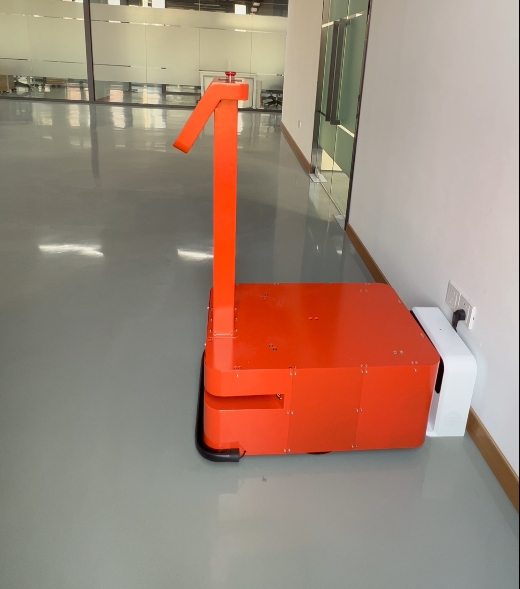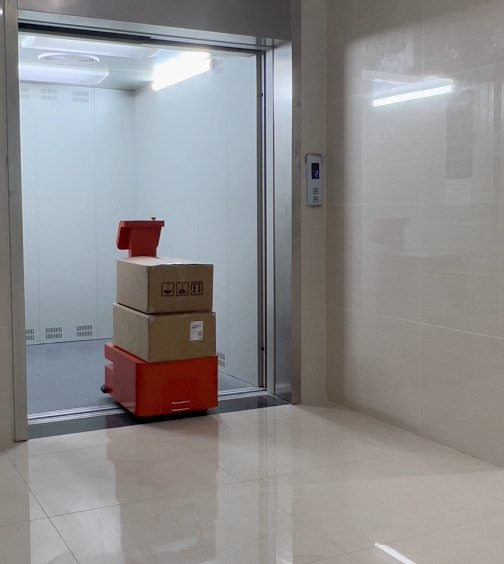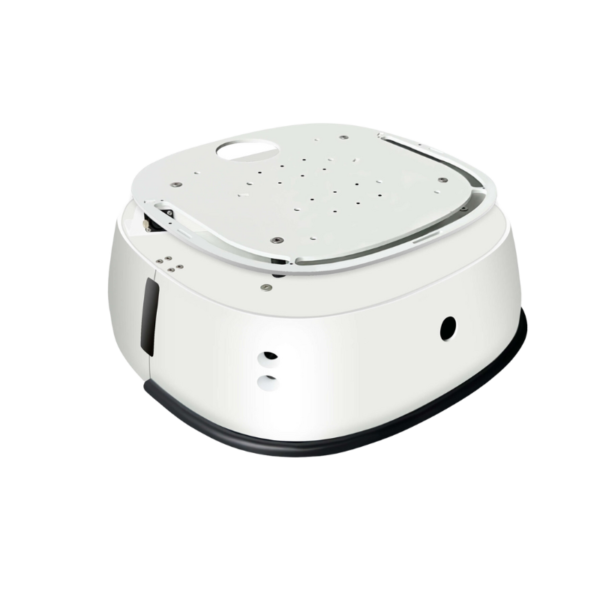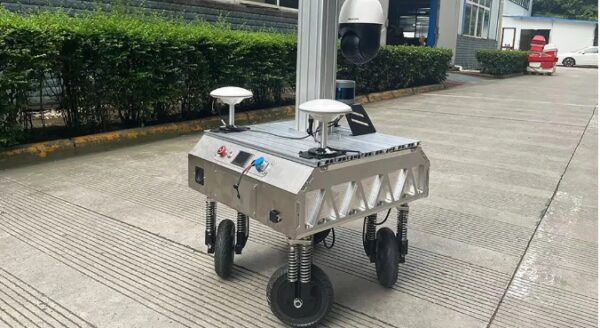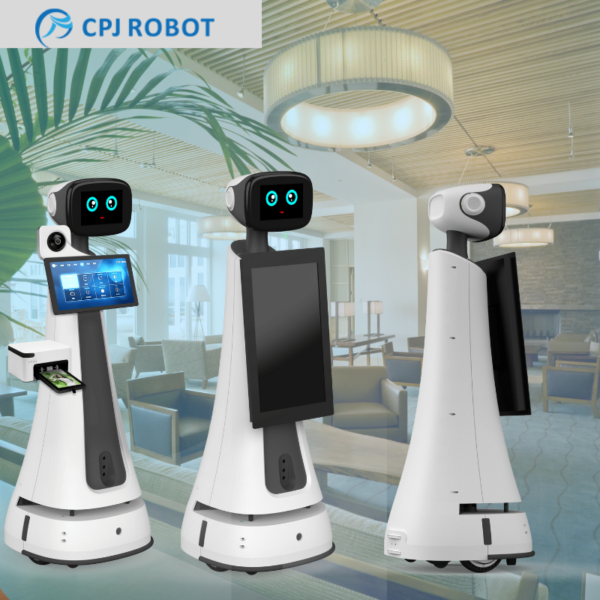The Application of 2D LiDAR in Mobile AGV Robots
AGV (Automated Guided Vehicle) robots are increasingly used across various sectors such as e-commerce, automotive, electronics, tobacco, and new energy. The navigation technology of AGV robots has evolved significantly, ranging from magnetic strip navigation and QR code navigation to SLAM (Simultaneous Localization and Mapping) laser navigation. Among these, SLAM laser navigation AGVs have become mainstream…

